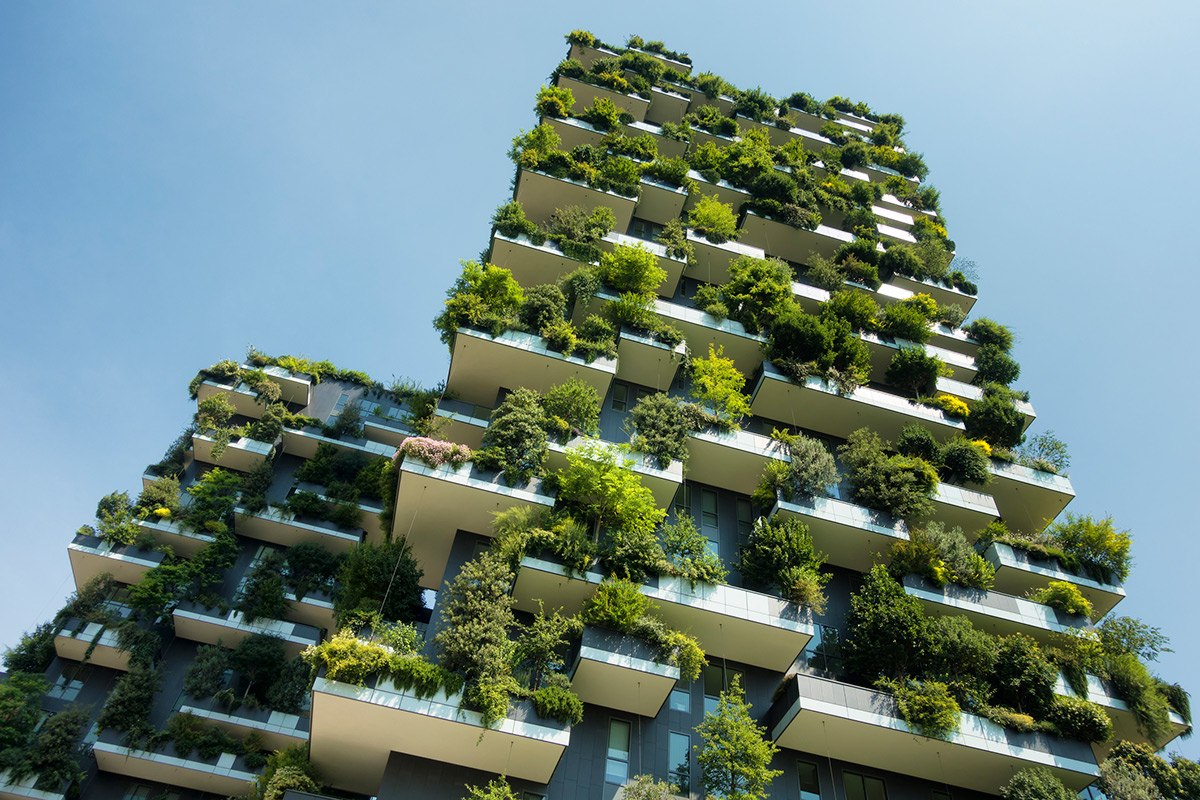Eco-Friendly Construction: Building a Sustainable Future
As our planet faces increasing environmental challenges, eco-conscious building practices have become more important than ever. These practices aim to minimize the negative impact of construction on the environment and promote sustainable development. By adopting eco-friendly construction methods, we can create buildings that are energy-efficient, resource-efficient, and have a minimal carbon footprint.
Energy Efficiency
One of the key aspects of eco-conscious building is focusing on energy efficiency. This involves incorporating renewable energy sources, such as solar panels or wind turbines, into the building’s design. Additionally, improving insulation and using energy-efficient appliances can greatly reduce energy consumption. By reducing energy usage, we can lower greenhouse gas emissions and contribute to combating climate change.
Another important aspect is the use of natural light and ventilation. Incorporating large windows and skylights allows for more natural light, reducing the need for artificial lighting during the day. Proper ventilation systems also help decrease the reliance on air conditioning, further reducing energy consumption.
Resource Efficiency
Eco-friendly construction also emphasizes resource efficiency. This involves using sustainable materials and reducing waste during the construction process. For example, utilizing recycled materials such as reclaimed wood or recycled steel can significantly reduce the extraction of new resources.
Furthermore, incorporating water-saving features like low-flow toilets and rainwater harvesting systems can help conserve water, a precious resource. By implementing these strategies, eco-conscious buildings can minimize their impact on natural resources and preserve the environment.
Reducing Carbon Footprint
Reducing the carbon footprint is another crucial aspect of eco-conscious building. This can be achieved through various means, such as using eco-friendly construction materials that have a lower carbon footprint, like bamboo or rammed earth. Additionally, implementing efficient waste management systems and recycling construction waste can significantly reduce greenhouse gas emissions.
Furthermore, eco-conscious buildings often prioritize sustainable transportation options. Incorporating bicycle parking spaces and electric vehicle charging stations encourages the use of greener modes of transportation, reducing reliance on fossil fuel-powered vehicles.
In conclusion, eco-conscious building practices play a vital role in creating a sustainable future. By focusing on energy efficiency, resource efficiency, and reducing the carbon footprint, we can construct buildings that are environmentally friendly and contribute to a healthier planet. It is essential for the construction industry to embrace these practices and prioritize sustainable development for a greener future.
